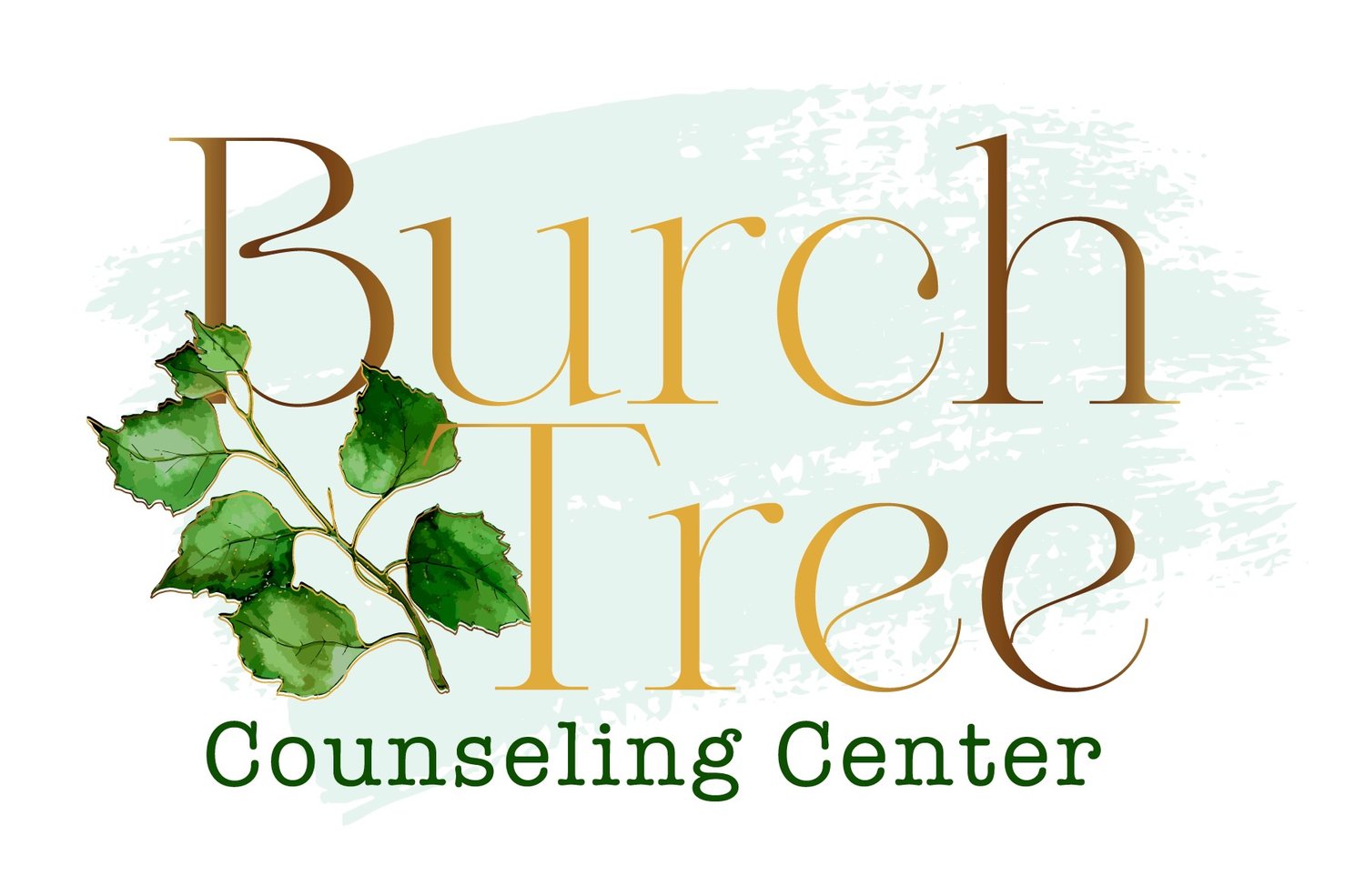7 Key Benefits of Group Therapy for Grief Support
Embarking on a journey through grief can be a challenging and isolating experience. However, with the rise of group therapy for grief support services, individuals are finding solace in a shared space of understanding and healing. Here are seven key benefits that make group therapy an invaluable resource for those navigating the complexities of grief.
1. Building a Supportive Community
At the heart of group therapy for grief support services lies the formation of a supportive community. Unlike individual therapy, group sessions create a sense of belonging and understanding among members who share similar experiences of loss. This shared connection provides a safe space for individuals to express themselves openly without fear of judgment.
Through the power of shared empathy and compassion, group members uplift and validate each other's emotions, fostering a profound sense of camaraderie. The support received from fellow participants can help alleviate feelings of loneliness and isolation, ultimately laying the foundation for mutual healing and growth.
2. Coping Strategies through Shared Experiences
In the realm of grief support services, group therapy equips individuals with a toolkit of coping strategies derived from shared experiences. By witnessing how others navigate grief and overcome challenges, participants gain valuable insights and learn adaptive techniques to manage their emotions effectively.
Through the exchange of stories, coping mechanisms, and resilience-building exercises, group members discover new pathways to cope with grief. This collaborative approach not only empowers individuals to face their pain head-on but also instills hope and resilience in the face of adversity.
Furthermore, group therapy sessions often incorporate educational components that equip participants with practical skills for managing grief-induced stress, anxiety, and depression. By arming individuals with the tools they need to navigate the grieving process, group therapy acts as a guiding light in the darkness of loss.
3. Emotional Healing in a Safe Space
Group therapy offers a nurturing environment for emotional healing, providing individuals with a safe space to explore their feelings and process their grief. Within the supportive cocoon of the group, members are encouraged to express their emotions authentically and vulnerably, free from the constraints of societal expectations.
By shedding light on hidden emotions and unspoken pain, group members embark on a journey of self-discovery and emotional catharsis. The validation and empathy offered within the group setting create a profound sense of emotional release, allowing individuals to confront their grief with courage and resilience.
Moreover, the therapeutic relationships forged within the group facilitate deep emotional connections and foster a sense of trust and openness. As individuals share their stories, struggles, and triumphs, they cultivate a space of healing where vulnerability is celebrated, and emotional wounds are tended to with care and compassion.
4. Enhanced Emotional Expression and Understanding
Group therapy acts as a crucible for enhanced emotional expression and understanding, enabling individuals to delve into the depths of their feelings with courage and authenticity. Through guided exercises, open discussions, and reflective activities, participants learn to articulate their emotions with clarity and depth.
By exploring the multifaceted nature of grief within a supportive group setting, individuals gain a deeper understanding of their emotional landscape and the complexities of their grief journey. The shared dialogue and reflective practices encourage emotional exploration and insight, empowering individuals to embrace their feelings with compassion and self-awareness.
5. Learning Effective Communication Skills
Group therapy serves as a training ground for learning and honing effective communication skills essential for navigating the terrain of grief. By engaging in open dialogue, active listening, and empathetic communication, participants cultivate the art of expressing their needs, emotions, and boundaries with clarity and sensitivity.
Through constructive feedback, role-playing exercises, and group discussions, individuals refine their communication techniques and develop interpersonal skills that enhance their relationships both within and outside the therapy setting. The ability to communicate honestly and assertively not only strengthens connections within the group but also empowers individuals to communicate their grief journey to others with authenticity and vulnerability.
6. Developing Coping Mechanisms Together
Group therapy cultivates a collaborative environment for developing coping mechanisms that promote resilience and emotional well-being. By sharing coping strategies, mindfulness techniques, and relaxation exercises, participants co-create a toolkit of resources tailored to support each other through the grieving process.
The collective wisdom and experiential knowledge within the group offer diverse perspectives and creative solutions for managing grief-related challenges. Through mutual encouragement and peer support, individuals discover innovative ways to cope with triggers, regulate emotions, and nurture their mental health, fostering a culture of shared growth and empowerment.
Additionally, group members serve as accountability partners, holding each other to their self-care practices and coping goals. This collaborative approach to coping not only strengthens individual resilience but also fosters a sense of unity and mutual support within the group, creating a nurturing ecosystem of shared healing and growth.
7. Increased Sense of Belonging and Connection
Group therapy for grief support services nurtures an increased sense of belonging and connection among participants, transcending the boundaries of grief and loss. As individuals share their stories, vulnerabilities, and triumphs, they forge deep and meaningful connections with others who understand their journey intimately.
The sense of community and solidarity that emerges within the group provides a powerful antidote to the isolation and alienation often experienced in times of grief. Through acts of compassion, empathy, and mutual support, group members create a network of care and understanding that transcends words, offering solace and companionship in the midst of sorrow.
By weaving a tapestry of shared experiences and collective healing, group therapy fosters a sense of unity and togetherness that empowers individuals to navigate the turbulent waters of grief with strength and resilience. The bonds formed within the group transcend the boundaries of the therapy room, creating lasting connections that serve as pillars of support and comfort throughout the grief journey.

